Water is very important for life.
We drink it, cook with it, and play in it.
Water is all around us: in rivers, lakes, seas, and even in the air!
Water is very important for life.
We drink it, cook with it, and play in it.
Water is all around us: in rivers, lakes, seas, and even in the air!
We need clean water to drink.
All water is not safe to drink.
Drinking water is usually purified.
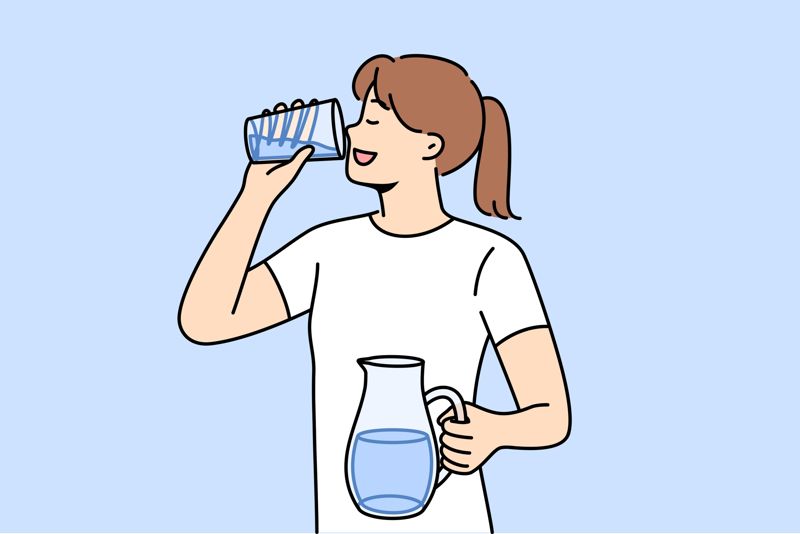
The water in the seas is salty.
You cannot drink sea water.
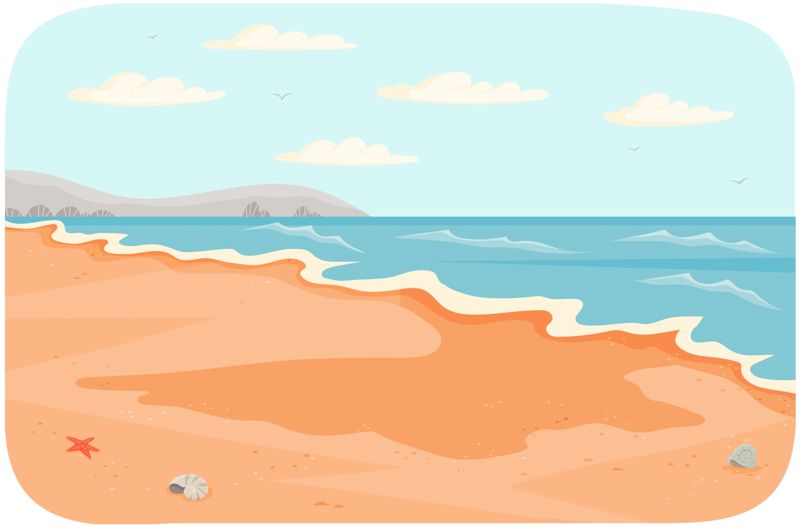
Water falls from the sky as rain.
Clouds are made of tiny drops of water.
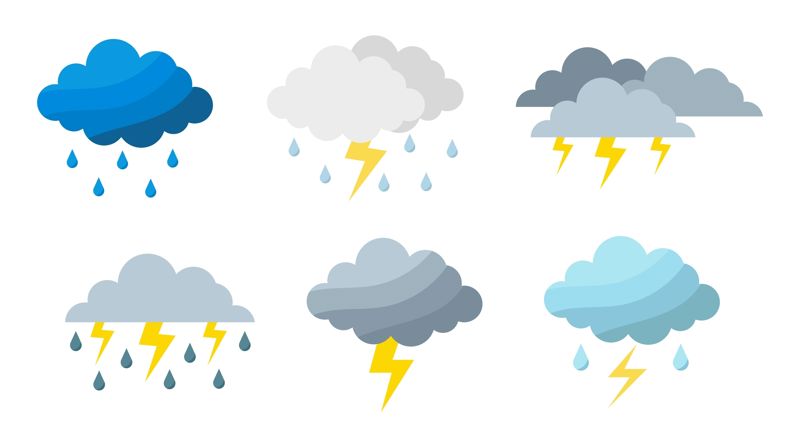
Water can be solid (ice), liquid (water) or gas (steam).
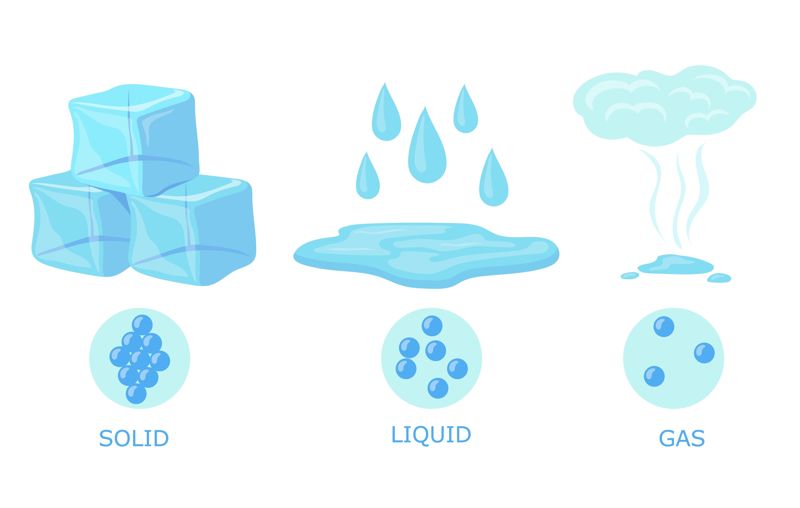
Clean water is a valuable resource.
Use it wisely.
Close the tap when you don't need water, for example when brushing your teeth.
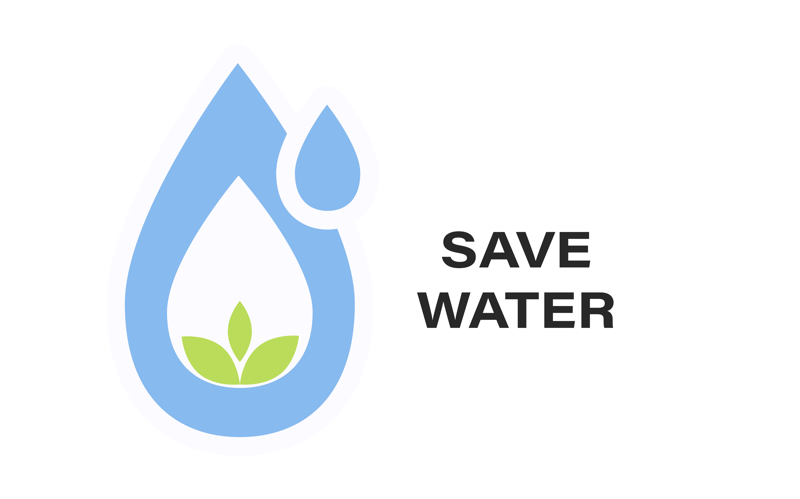
Look at the picture.
Find a cloud, a water drop, a river and a lake.

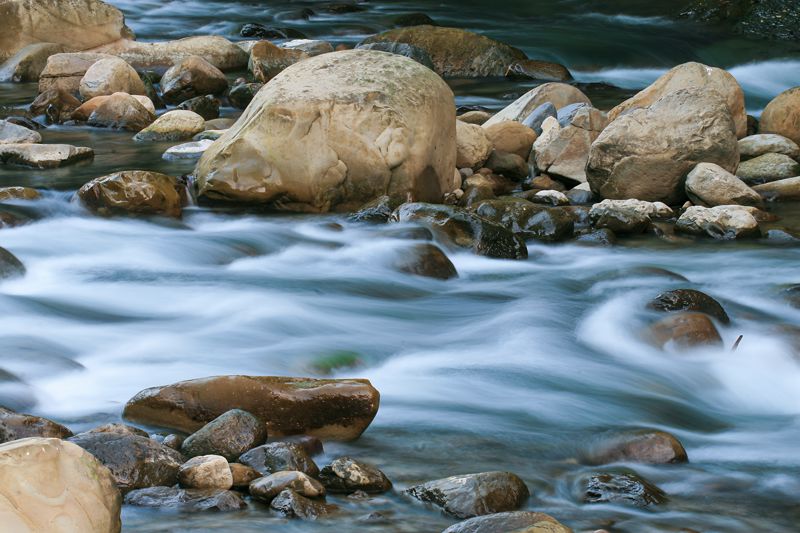

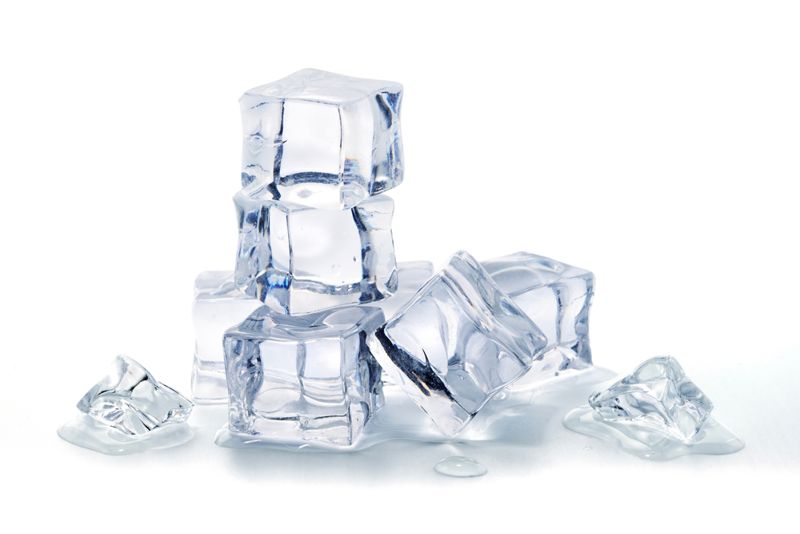
Did you know that 70% of Earth is covered in water?
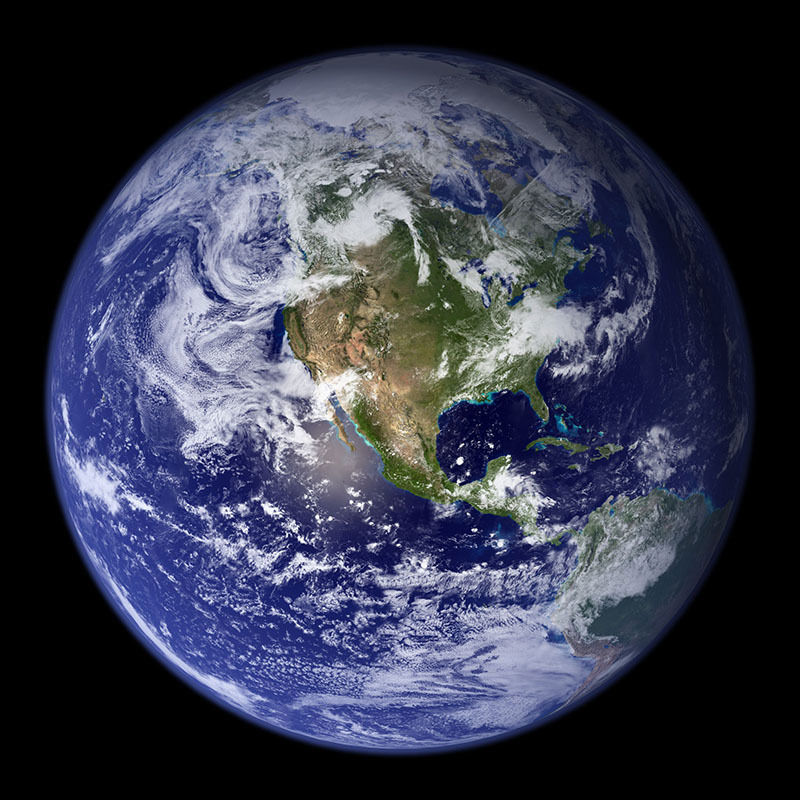
Draw a place where you see water, like a river, a glass of water, or a rainy day.
Share your picture with the class!
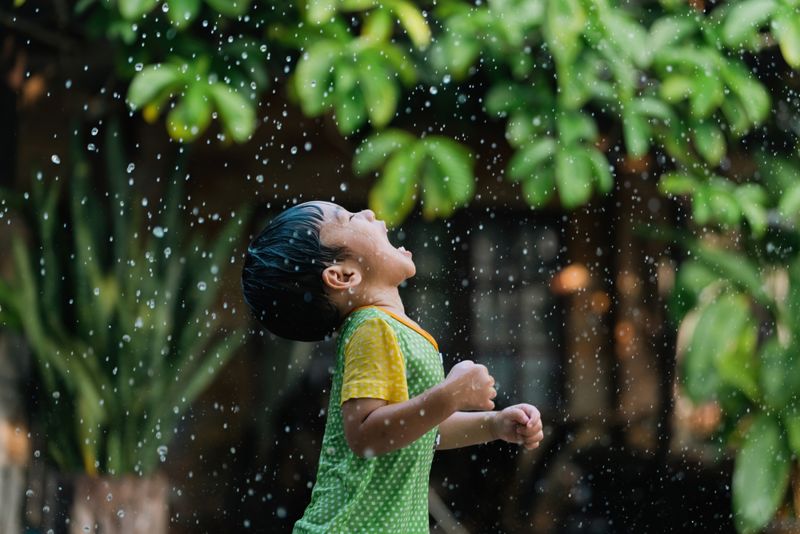
Let's do an experiment.
You need:
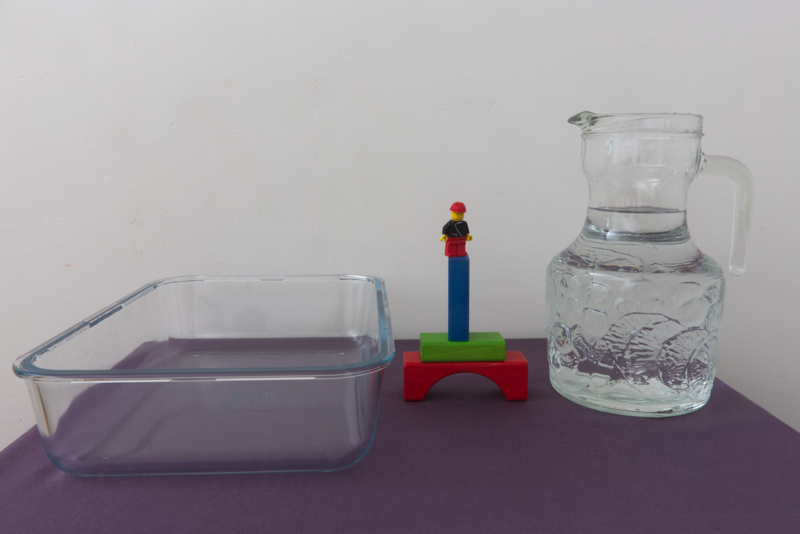
Pour some water into the bowl.
A couple centimeters of water is enough.
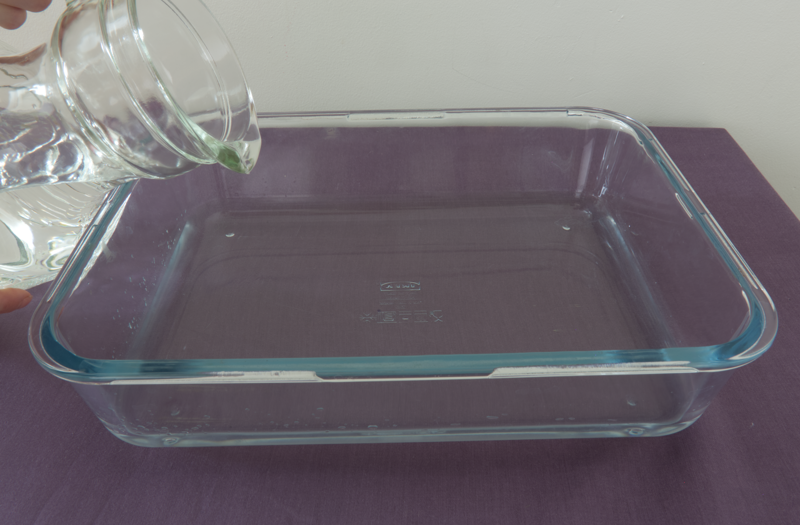
Put the floating object on top of the water.
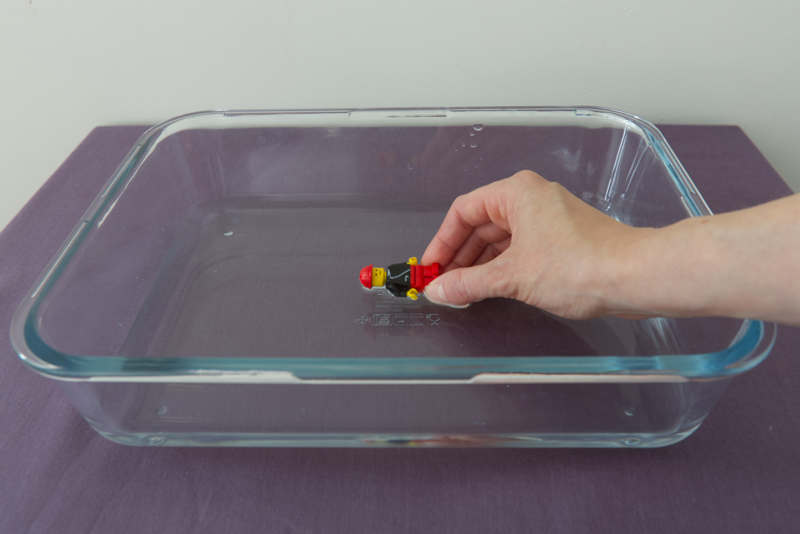
The object started moving when you
If you pushed the object harder, it moved faster.
The same thing happened if you lifted the container more.
The direction can be changed if you push the object from the opposite direction.
You can also lift the other corner of the container.
If the object hit the wall of the container, it changed the direction.
If you did nothing and waited a little, the object became still.
Let's do an experiment.
You need:
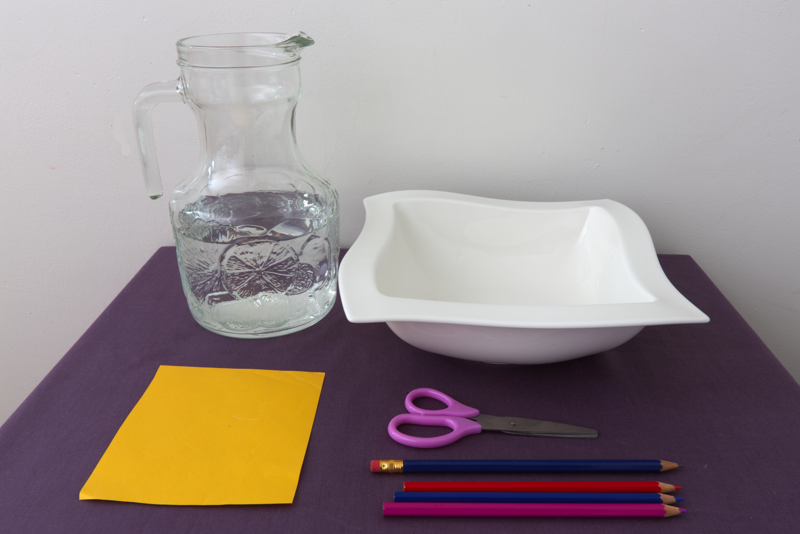
Before doing an experiment, scientists try to guess the result.
What happens if you put a folded piece of paper on top of water?
Discuss.
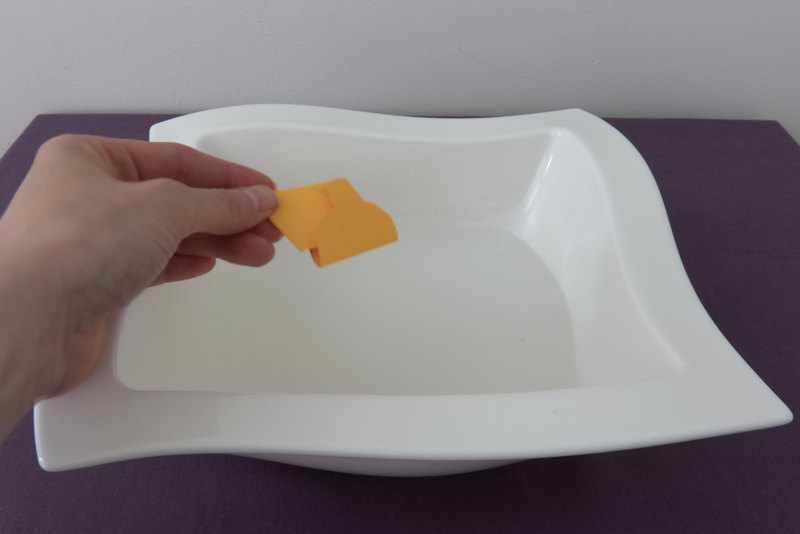
Draw a flower on a piece of paper (or use a ready made model).
You can colour the flower if you want.
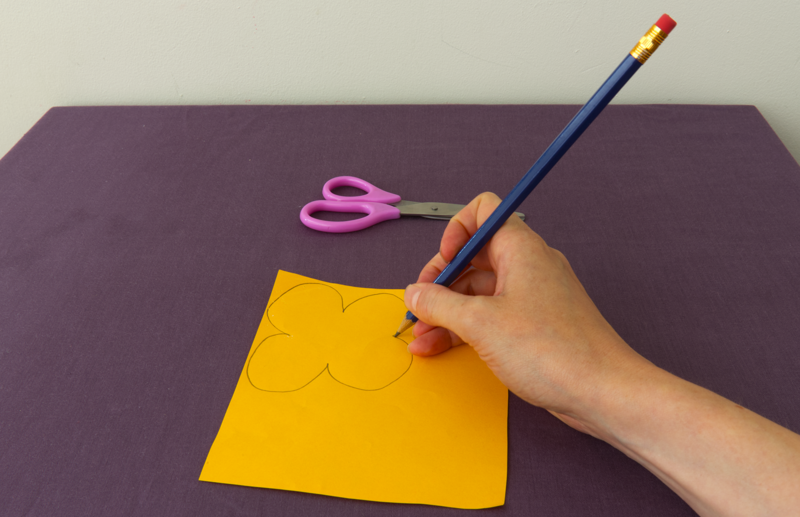
Cut the flower out of the paper.
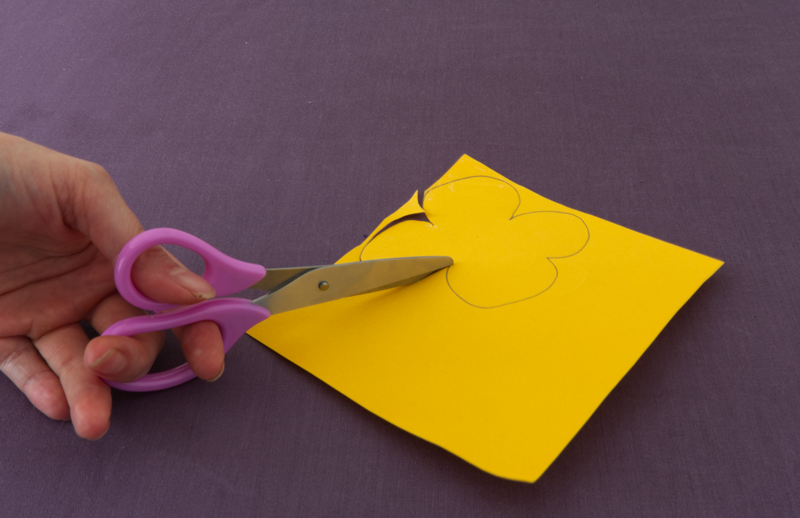
Gently fold the petals of the flower into the centre.
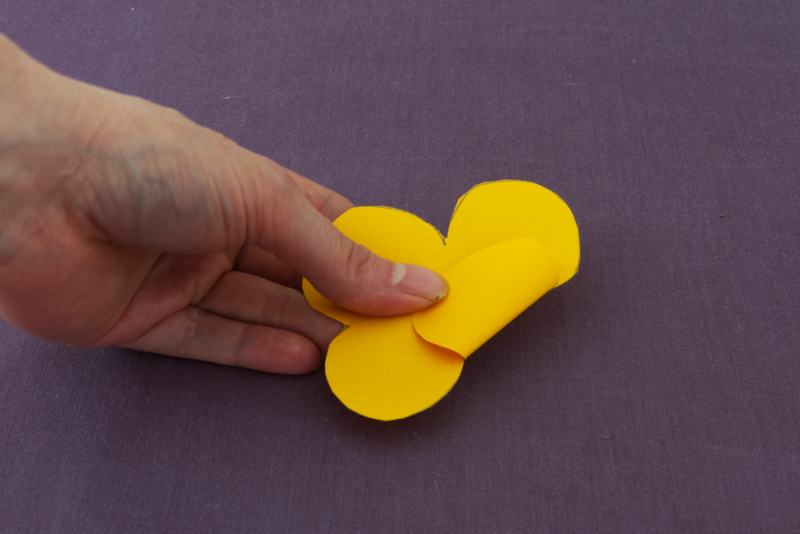
Add a little water to the container.
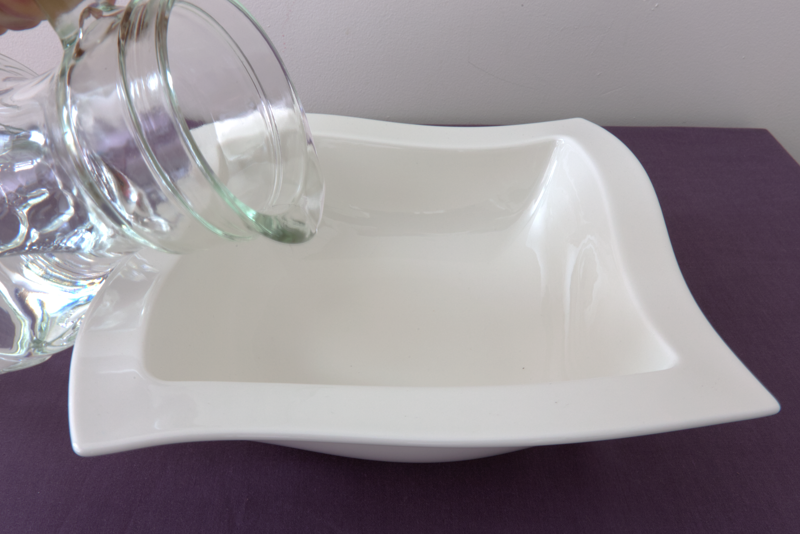
Carefully place your flower on the surface of the water. Keep the folded side facing up.
Watch what happens.
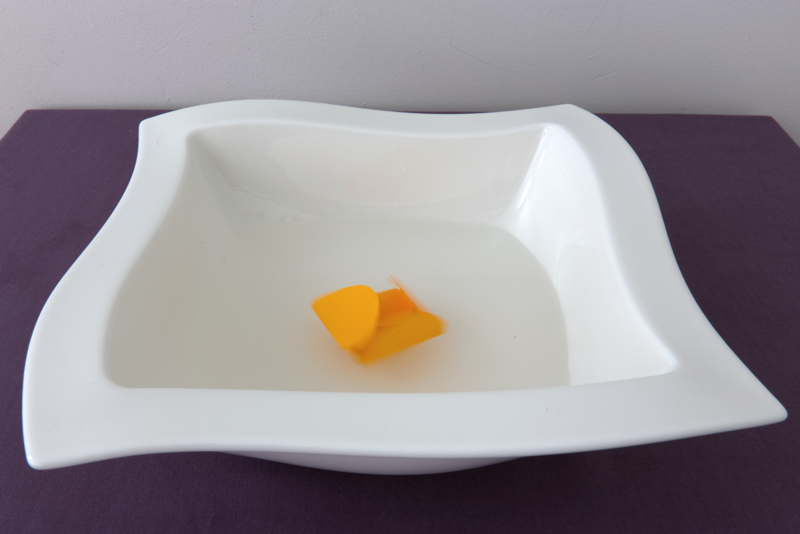
What happened to the folded flower?
Do you know why?
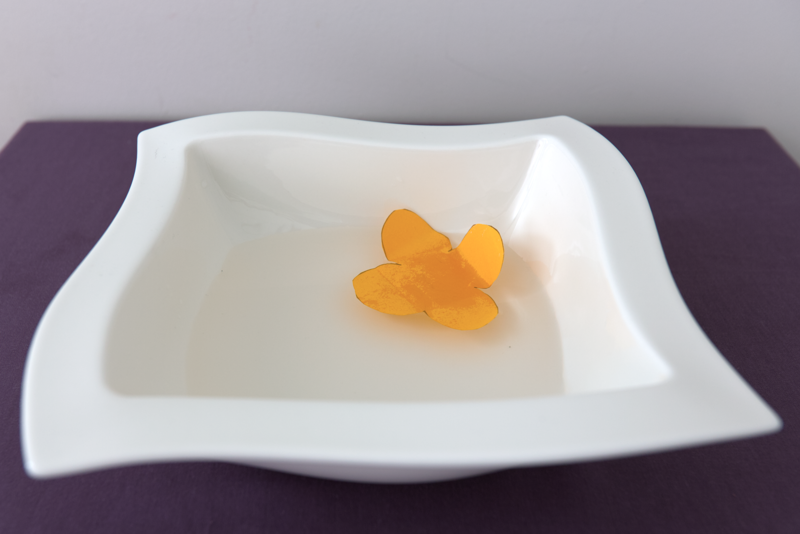
The folded flower opened and bloomed.
Water filled the little gaps in the paper.
Water pushed the folded paper straight.

What would you like to do with the text? The text is processed by artificial intelligence, it is not checked or edited! The text may contain errors. Check the accuracy of the text against the original text in the textbook.
Choose the files you want to add. Supported formats are txt, html, htm, pdf, odt, odp, ods, xls, xlsx, ppt, pptx, pps, doc, docx, rtf, png, jpg, jpeg and gif.
| Name | |
|---|---|
| remove |
NB! Links must begin with: “http://”!
Opiq uses essential cookies to make our website work, to help keep you safe, to analyse user interaction and to improve user experience.
Cookie is a small file which is sent from users computer to the website server. It includes necessary information for the website to operate and includes information about the user and their preferences.
Most of the cookies are necessary for the operation of Opiq. It is possible to deny analytical cookies and in that case your usage data is not used to develop and improve Opiq services. Read more